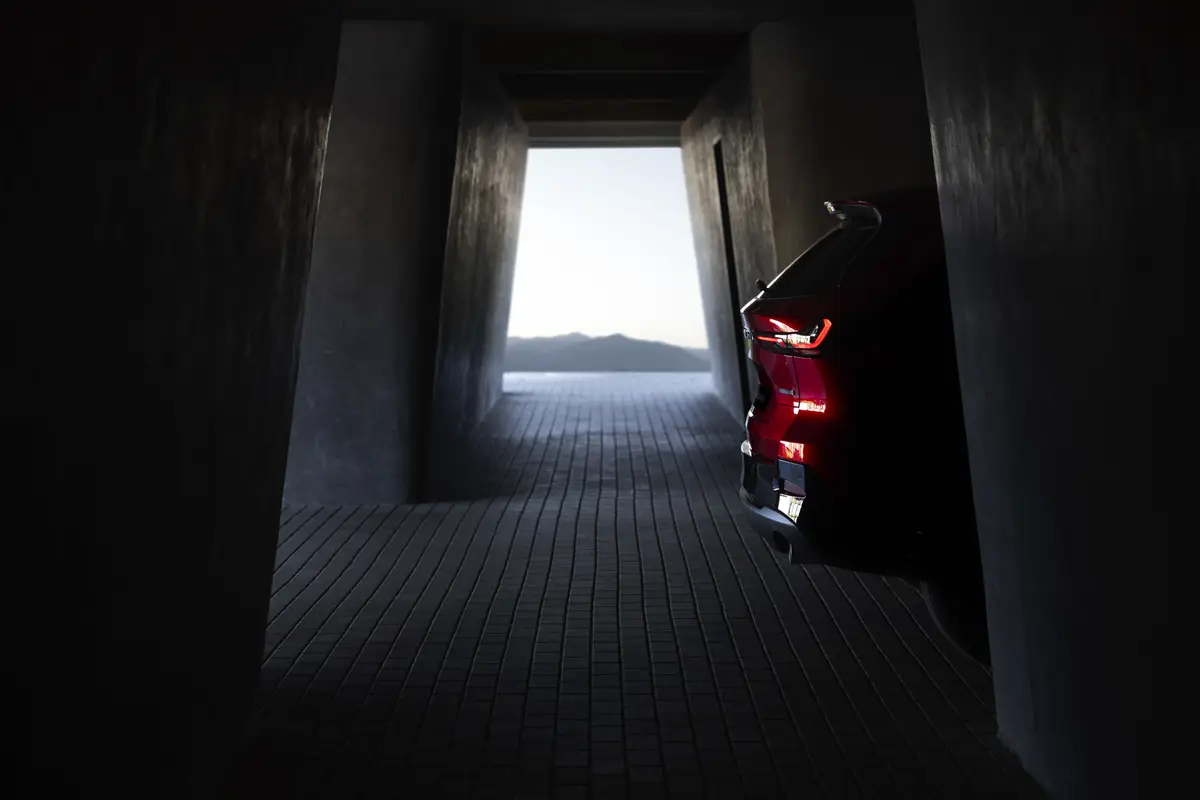2019 Kia Sorento Review: Jack of All Trades

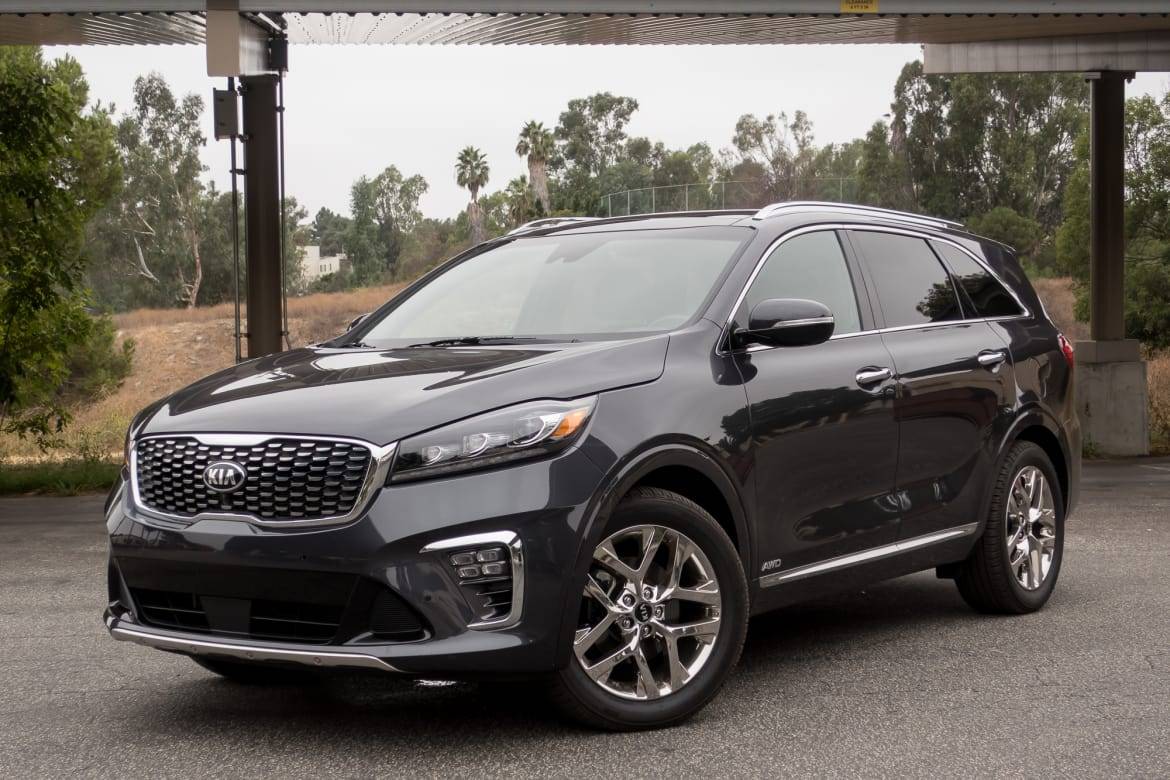

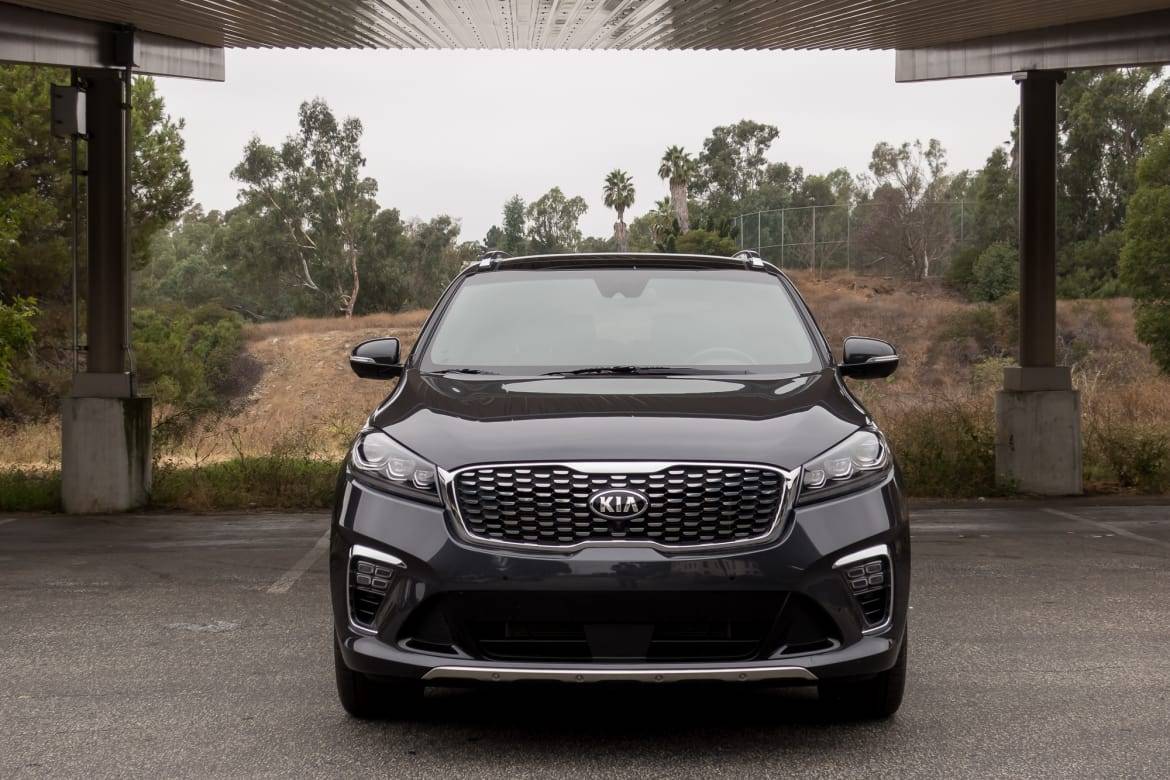
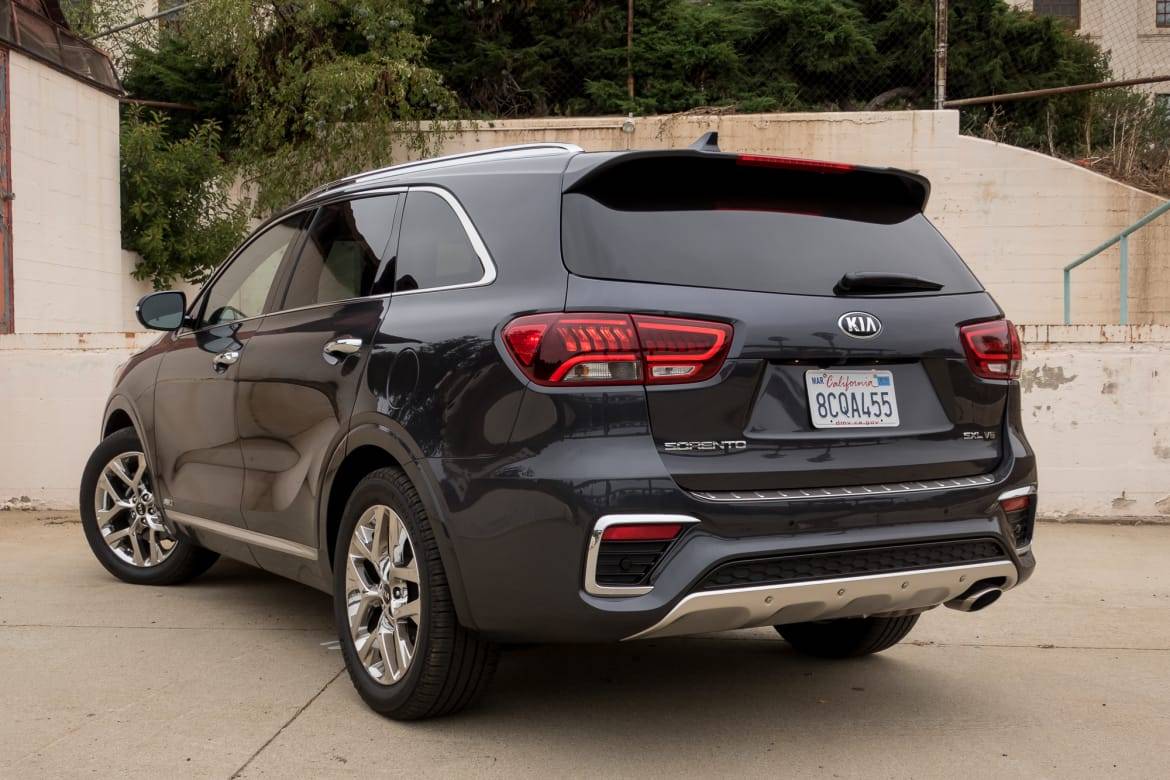
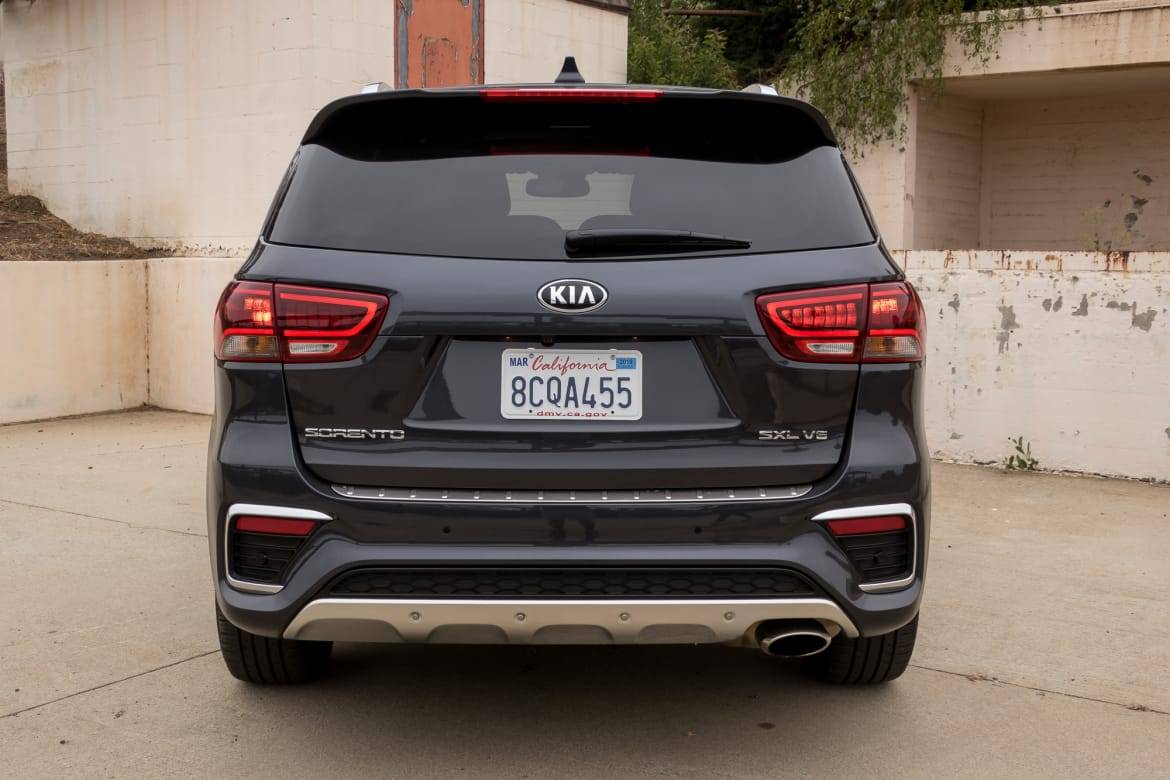
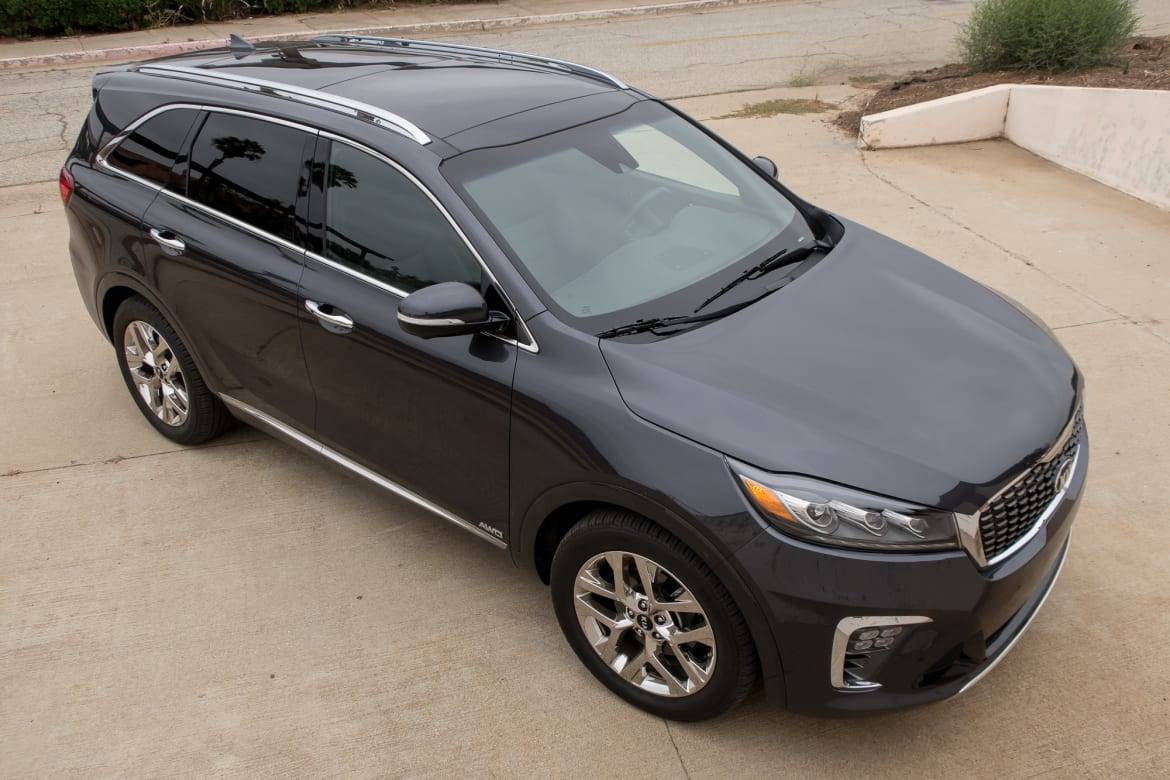
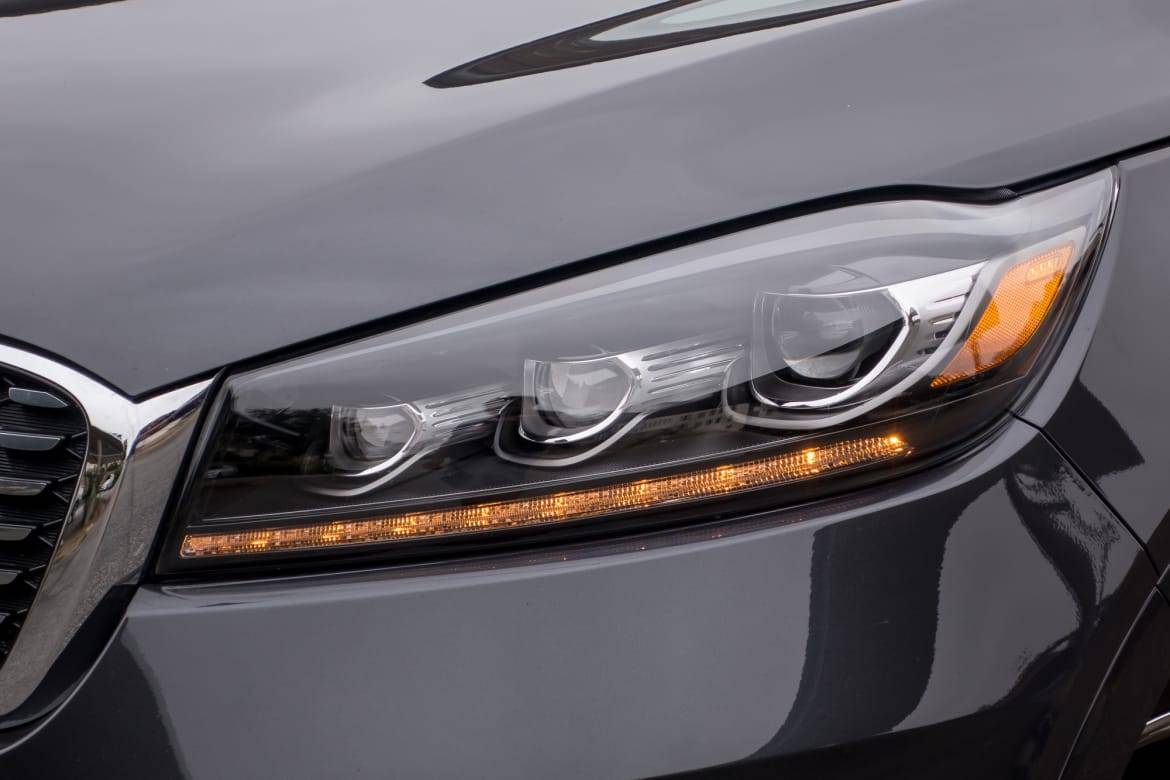
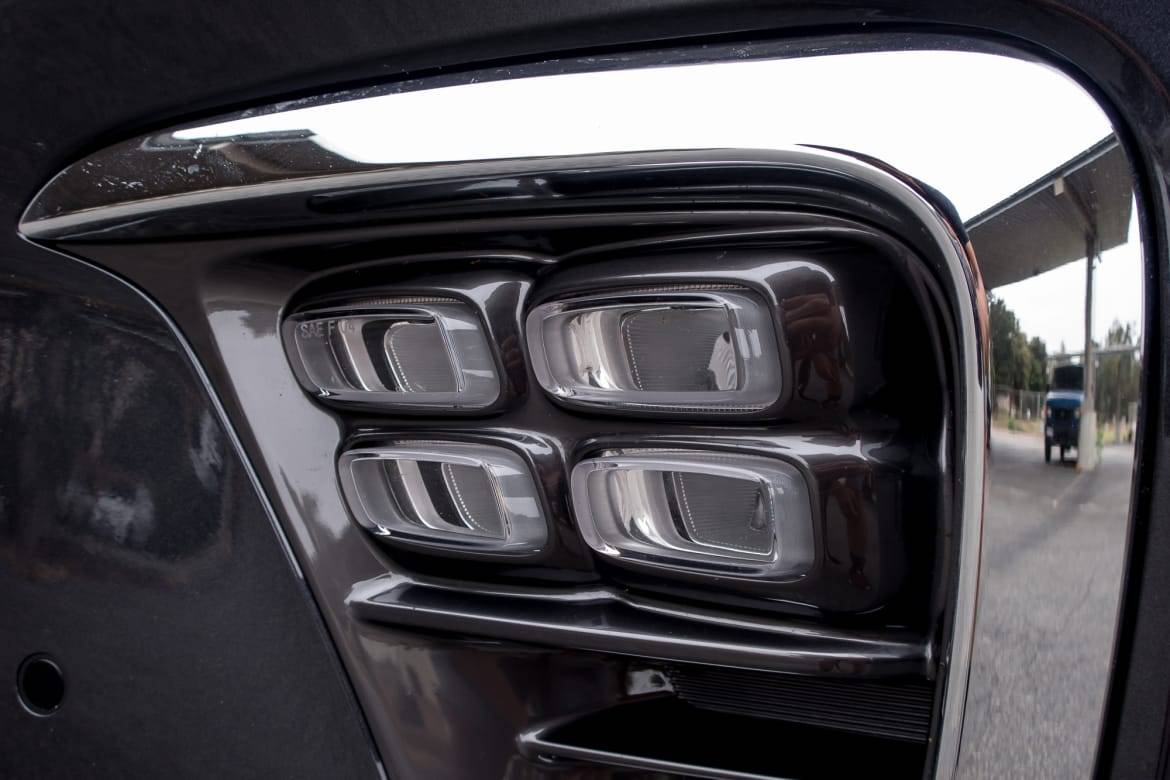
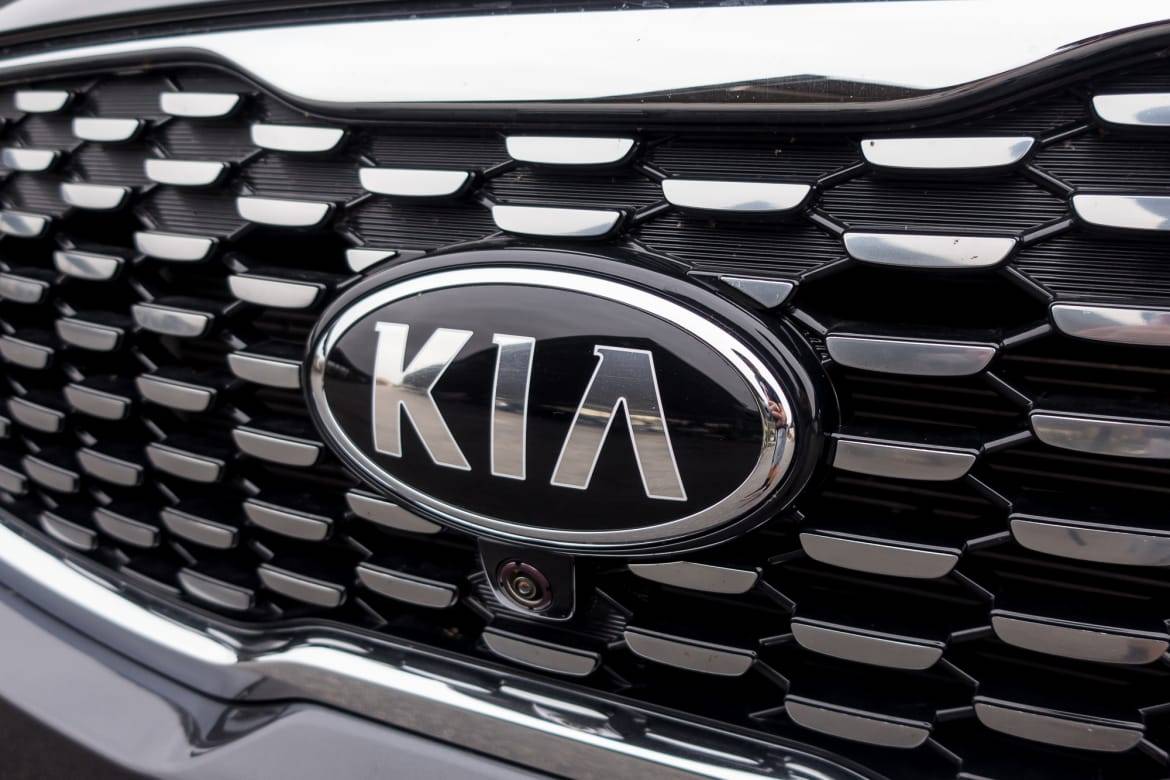
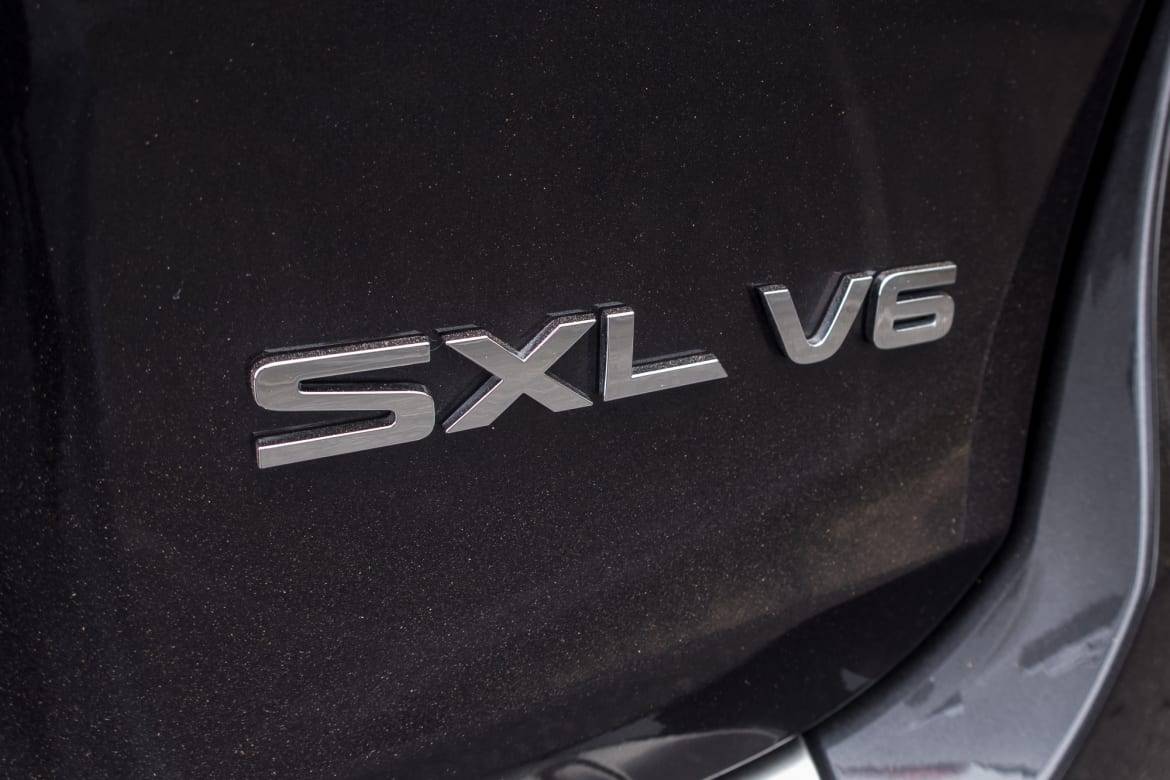
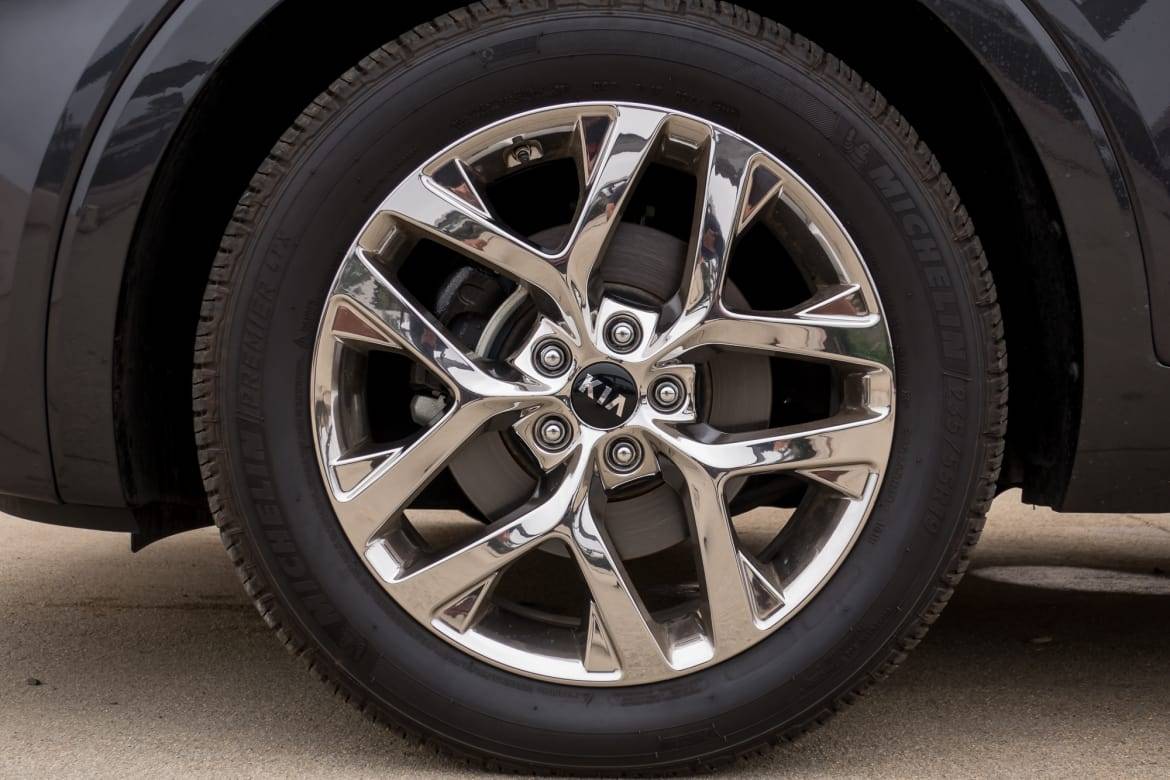
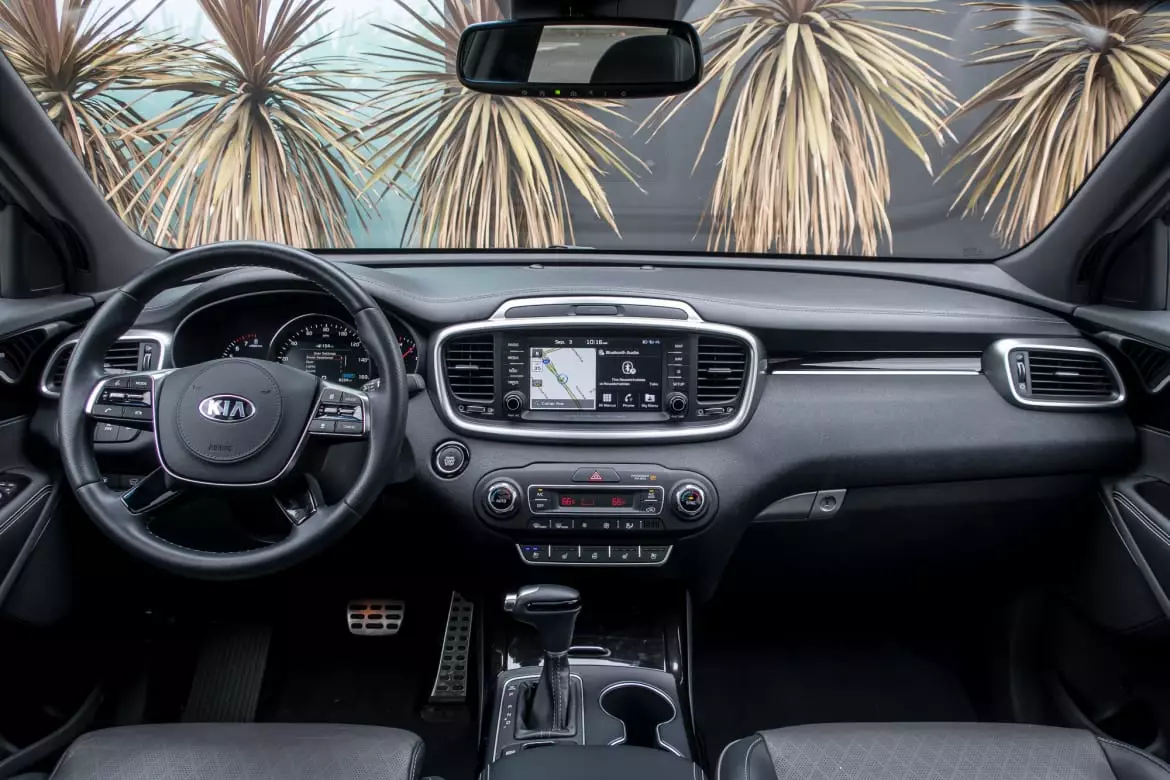
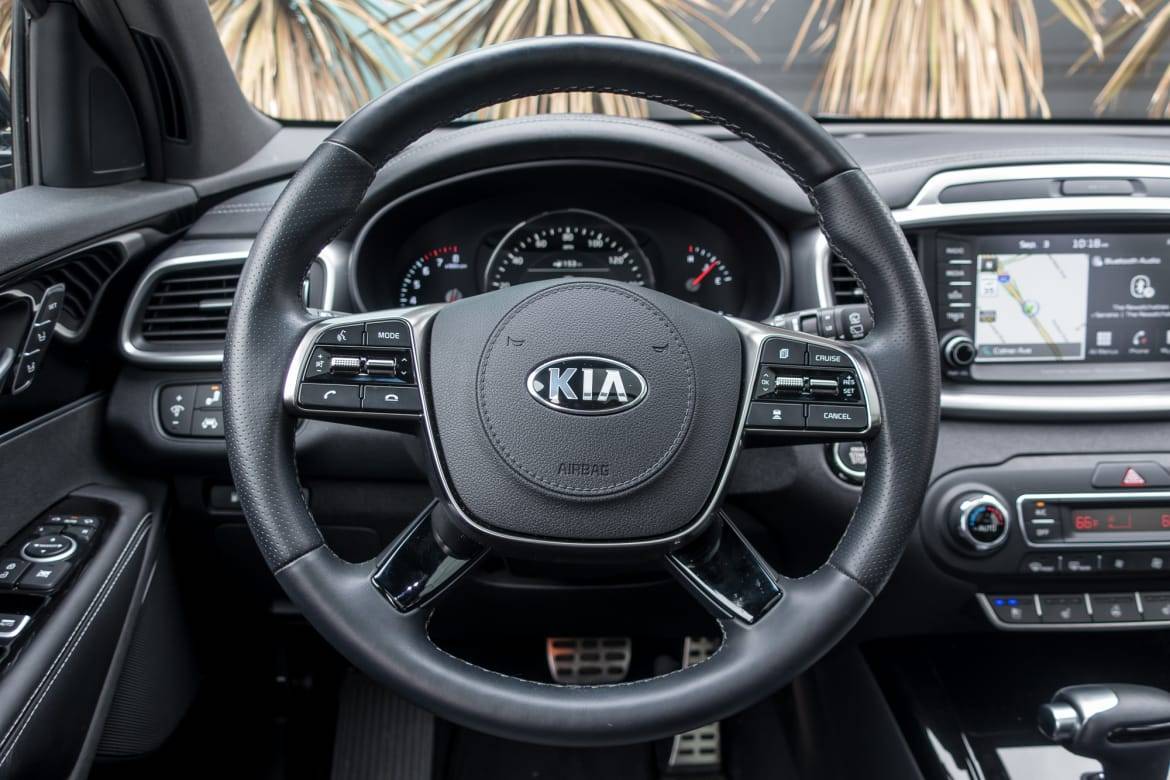
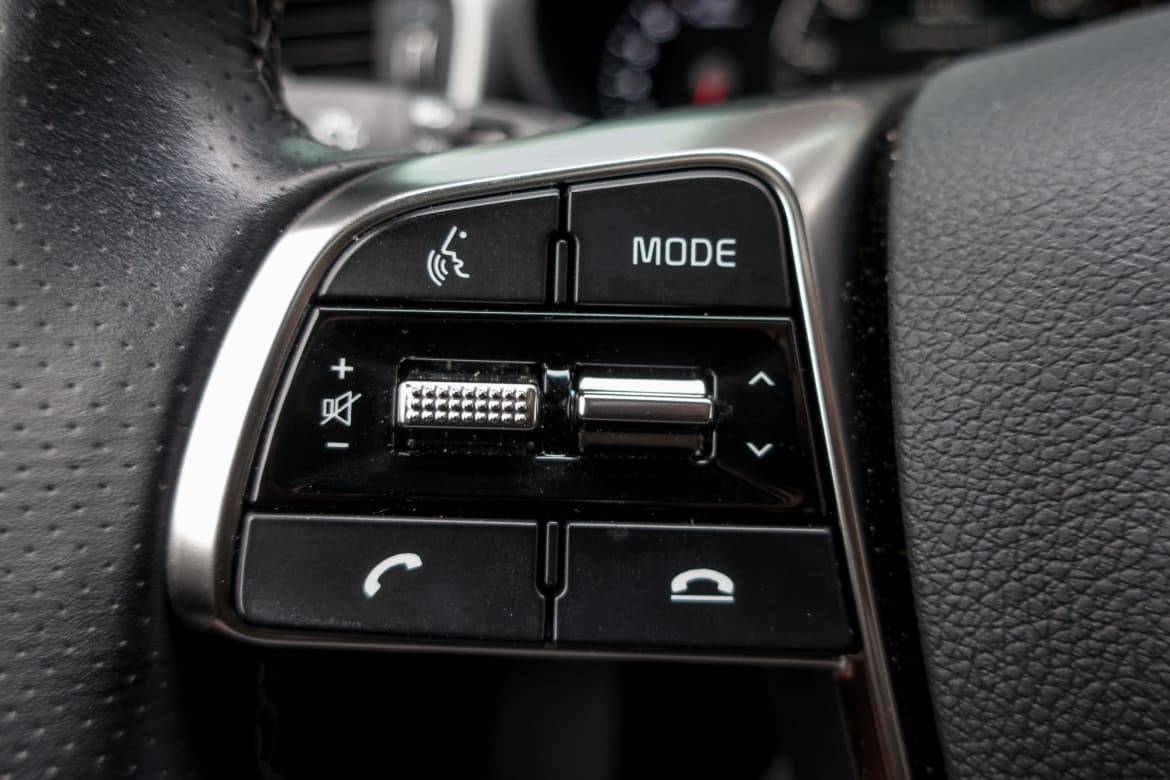

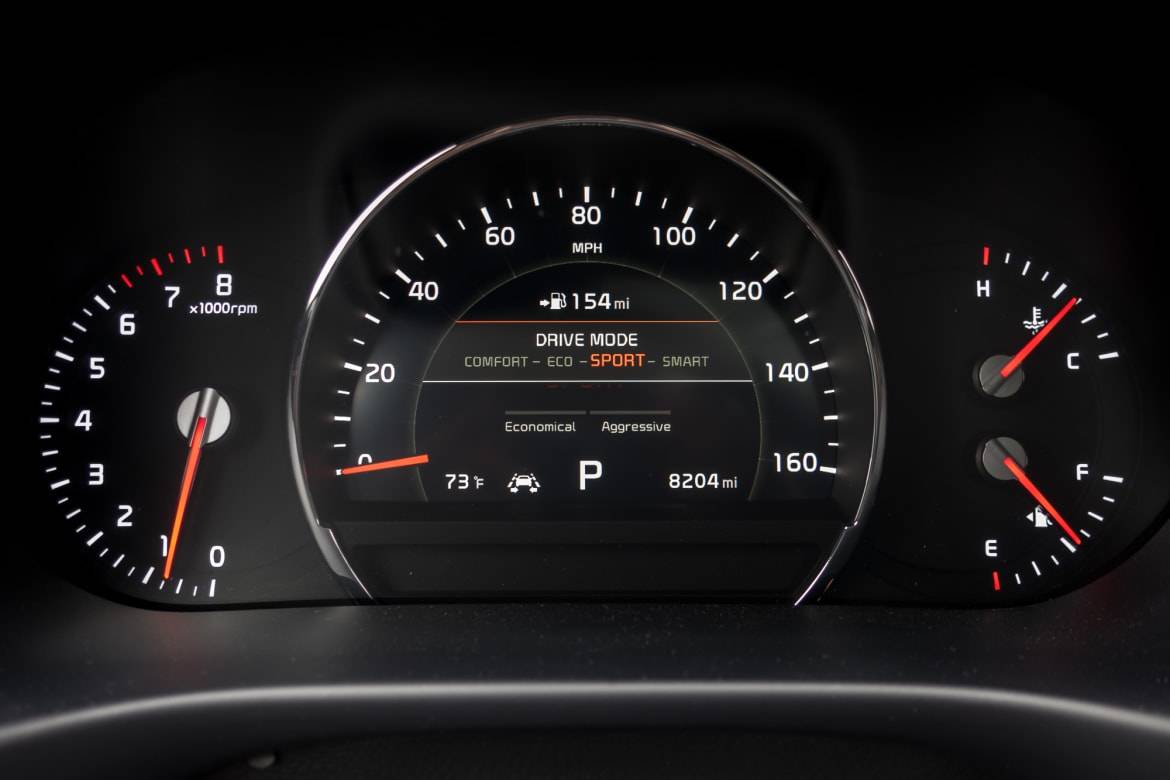
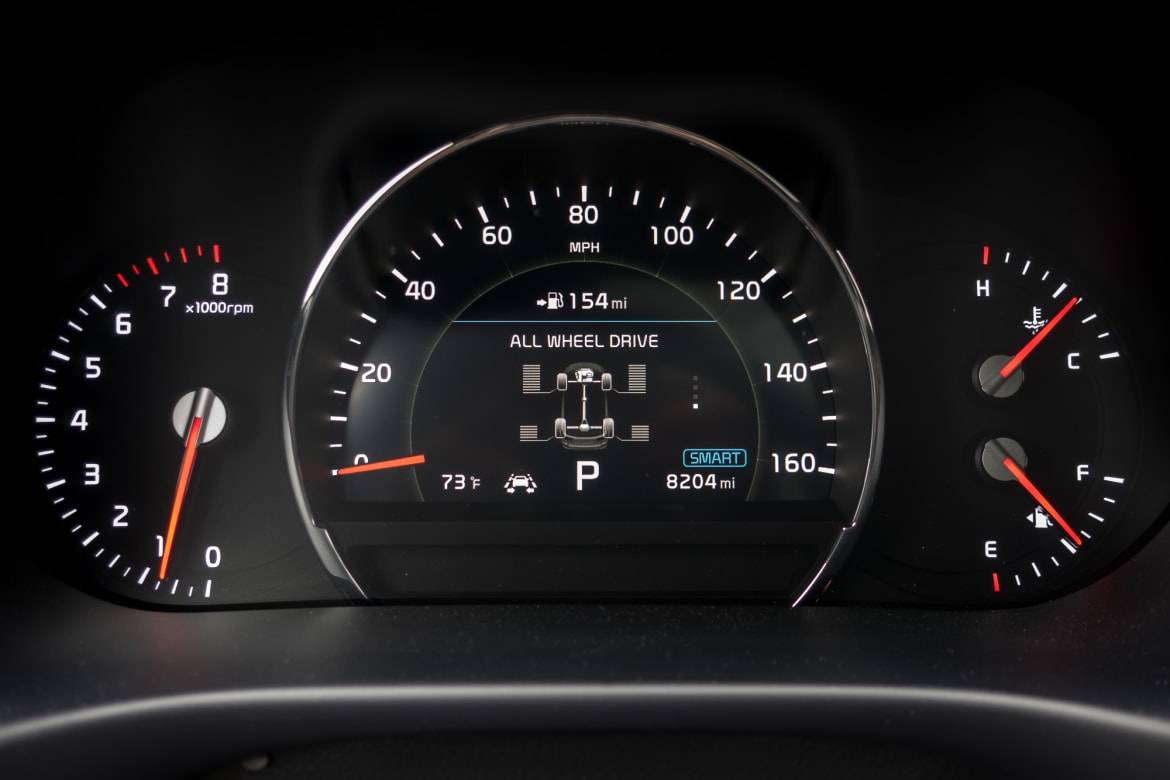
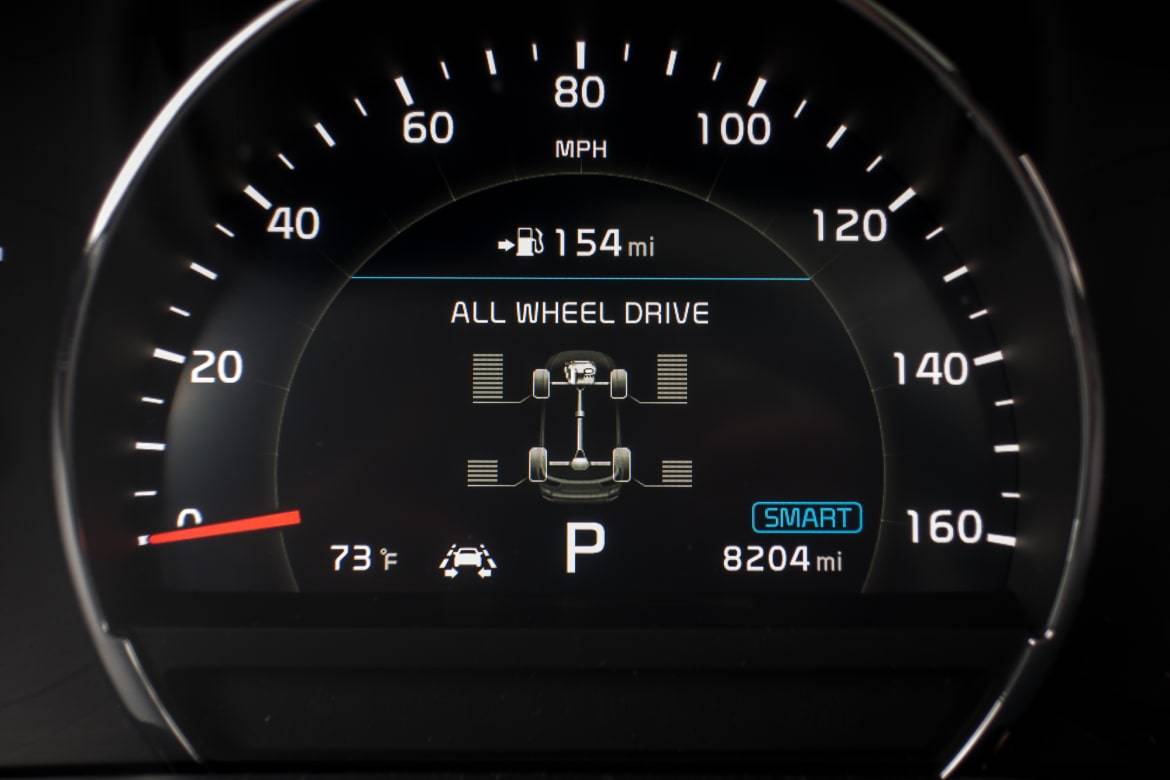
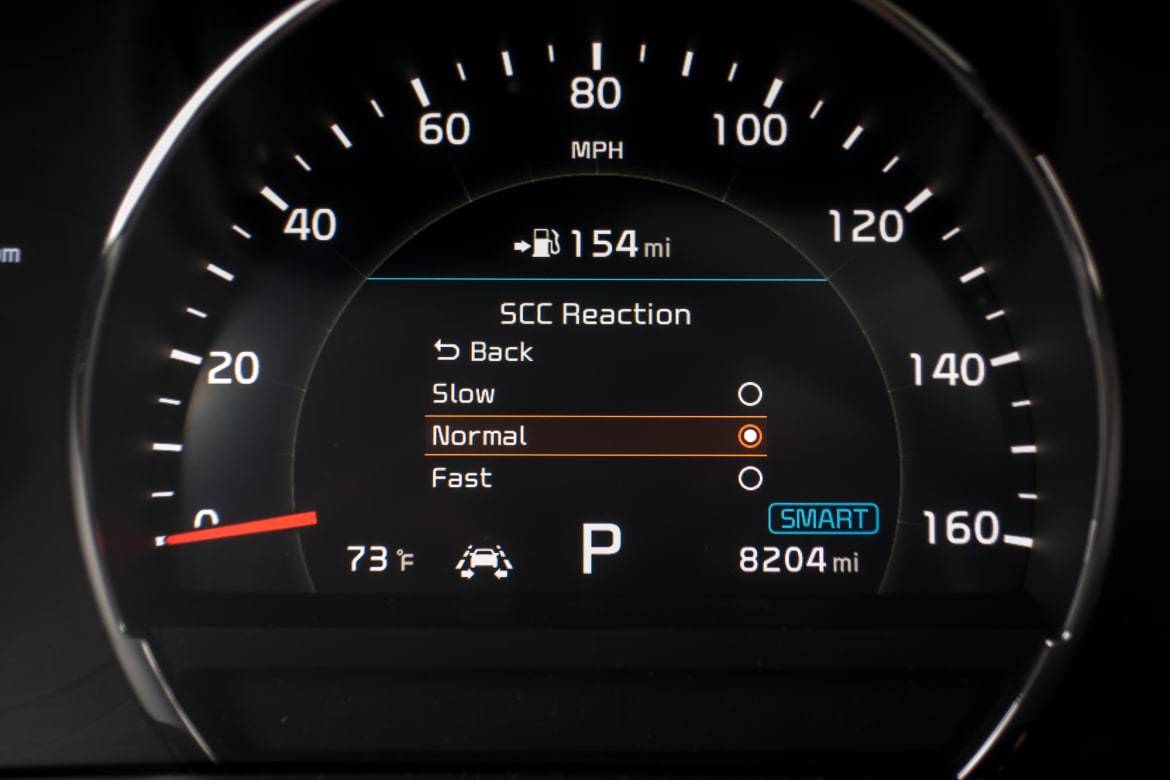
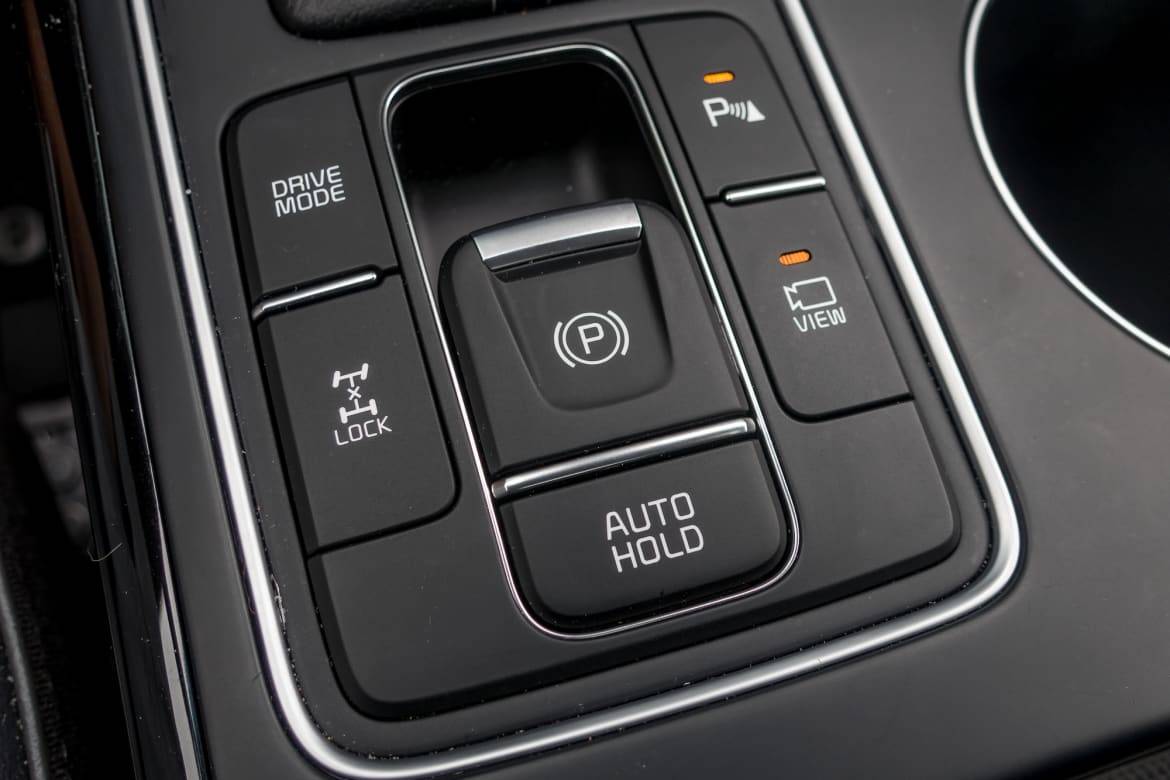
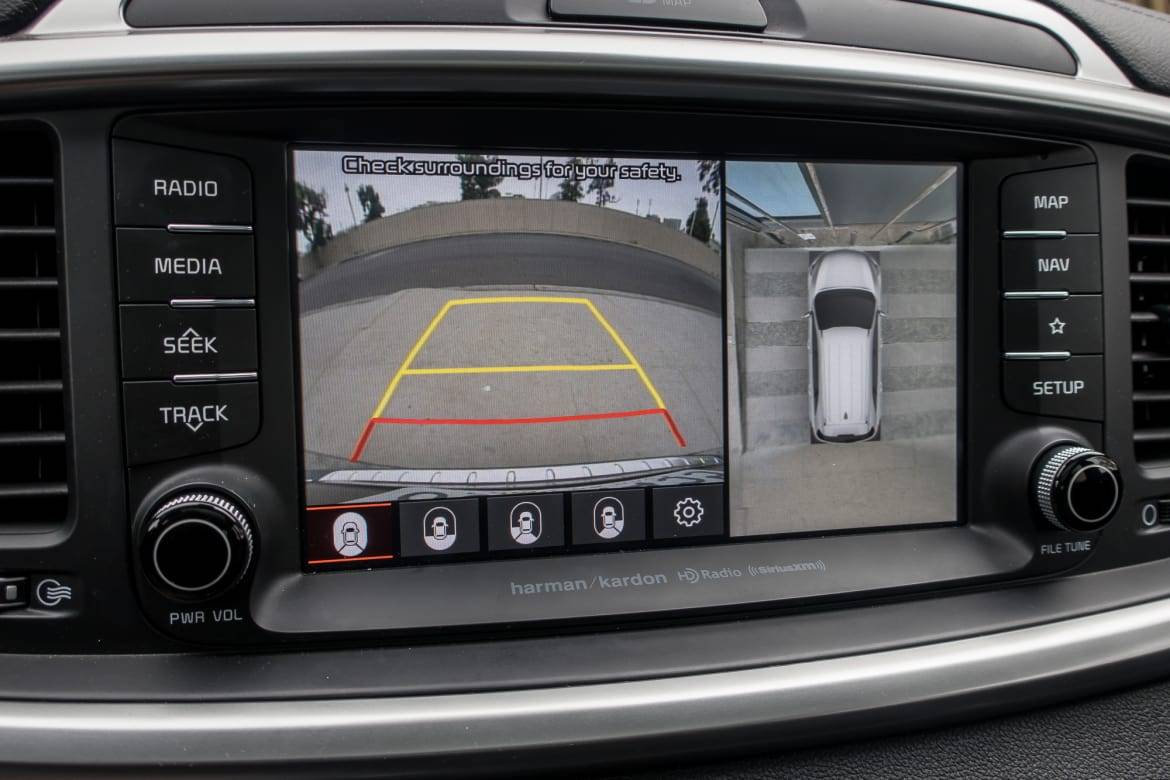

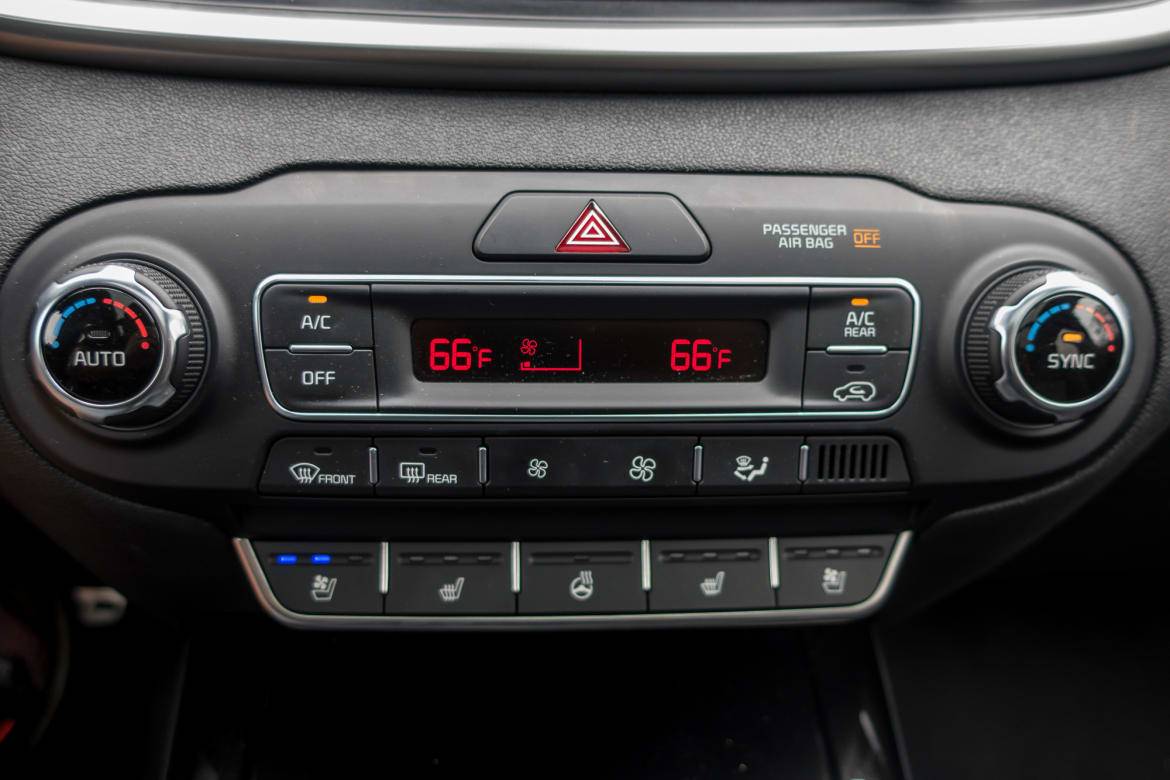
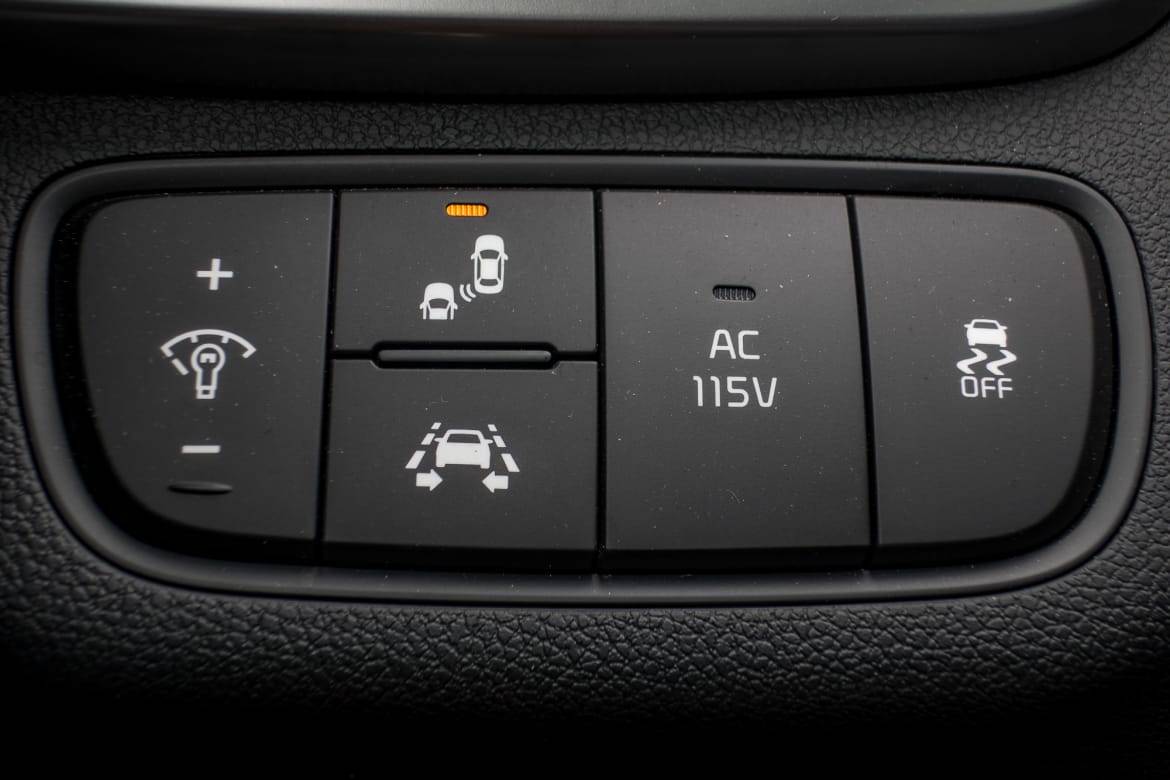

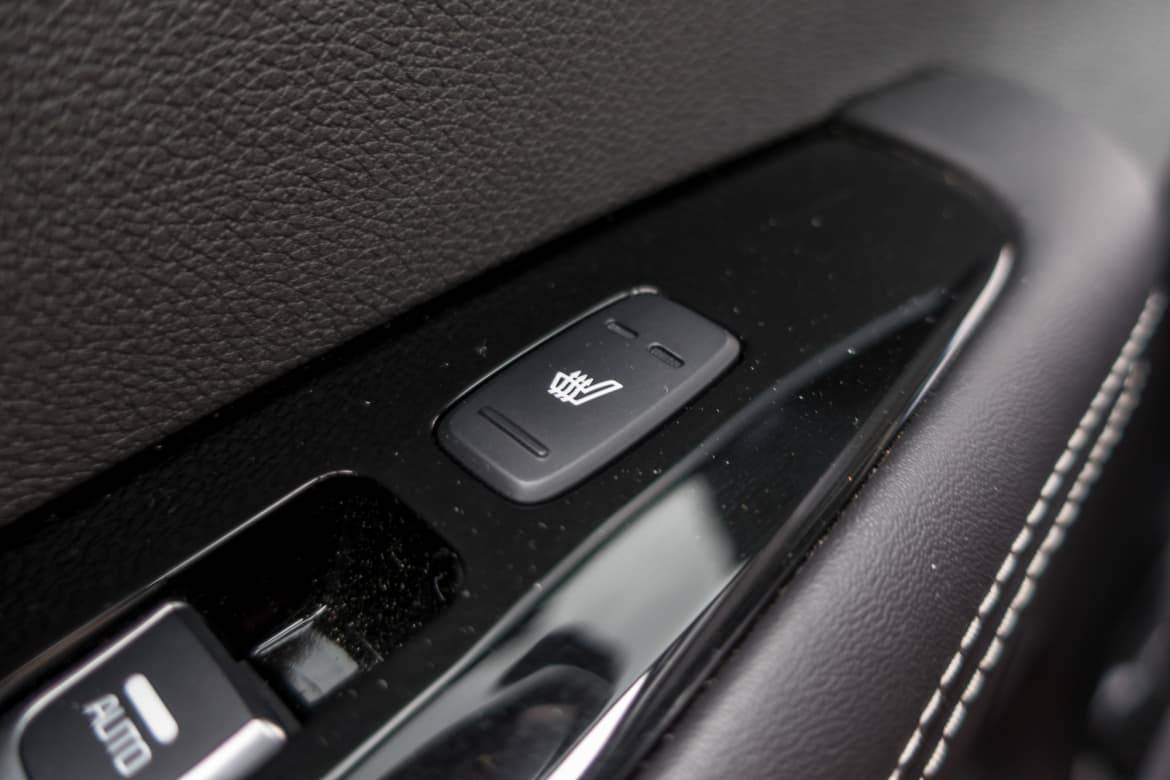
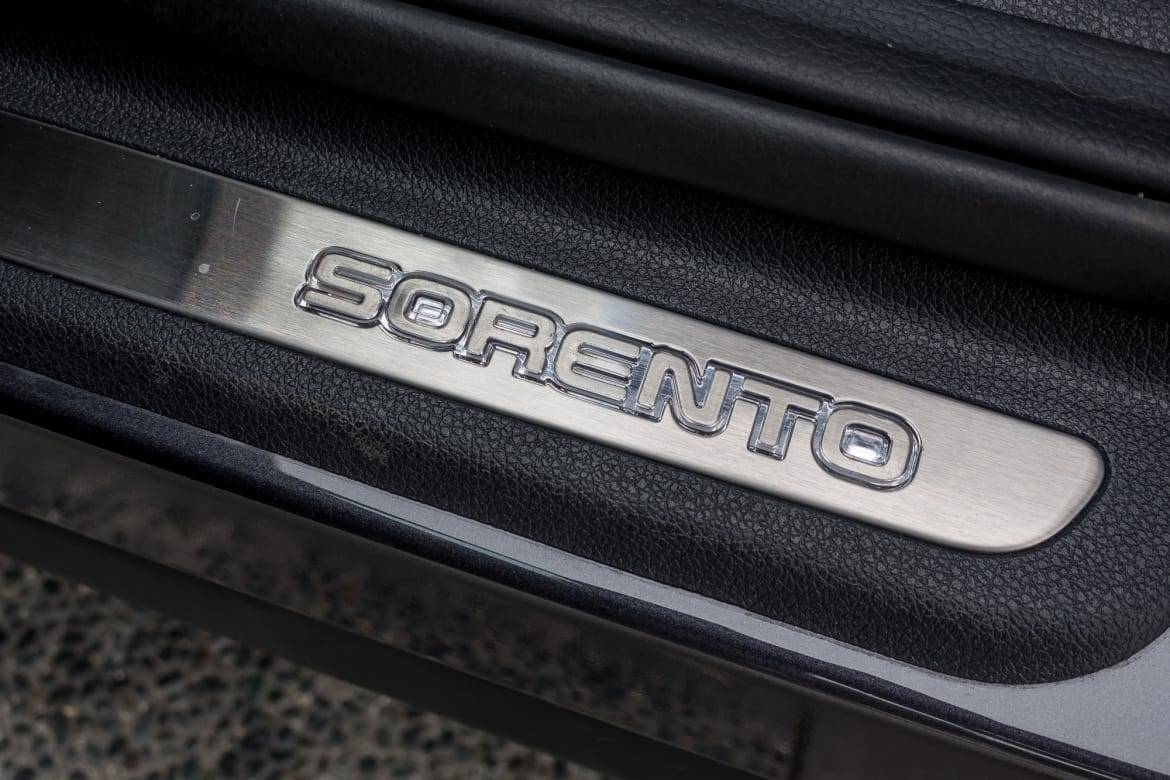
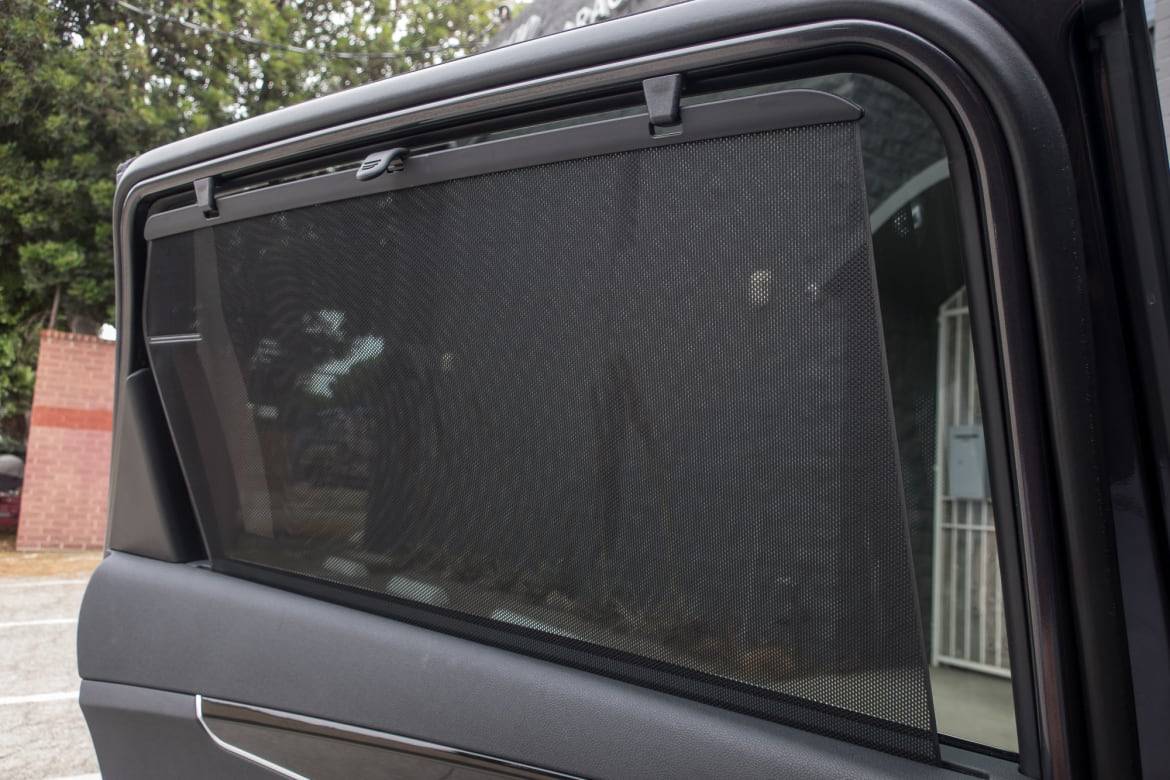
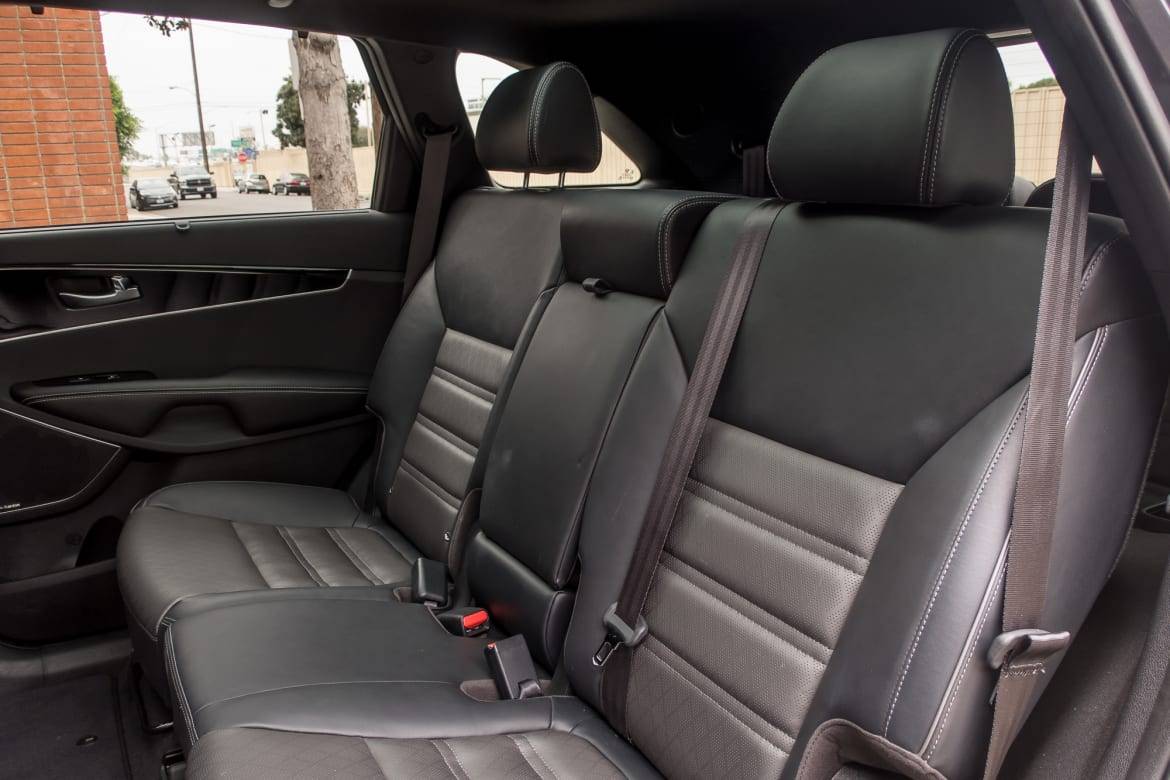
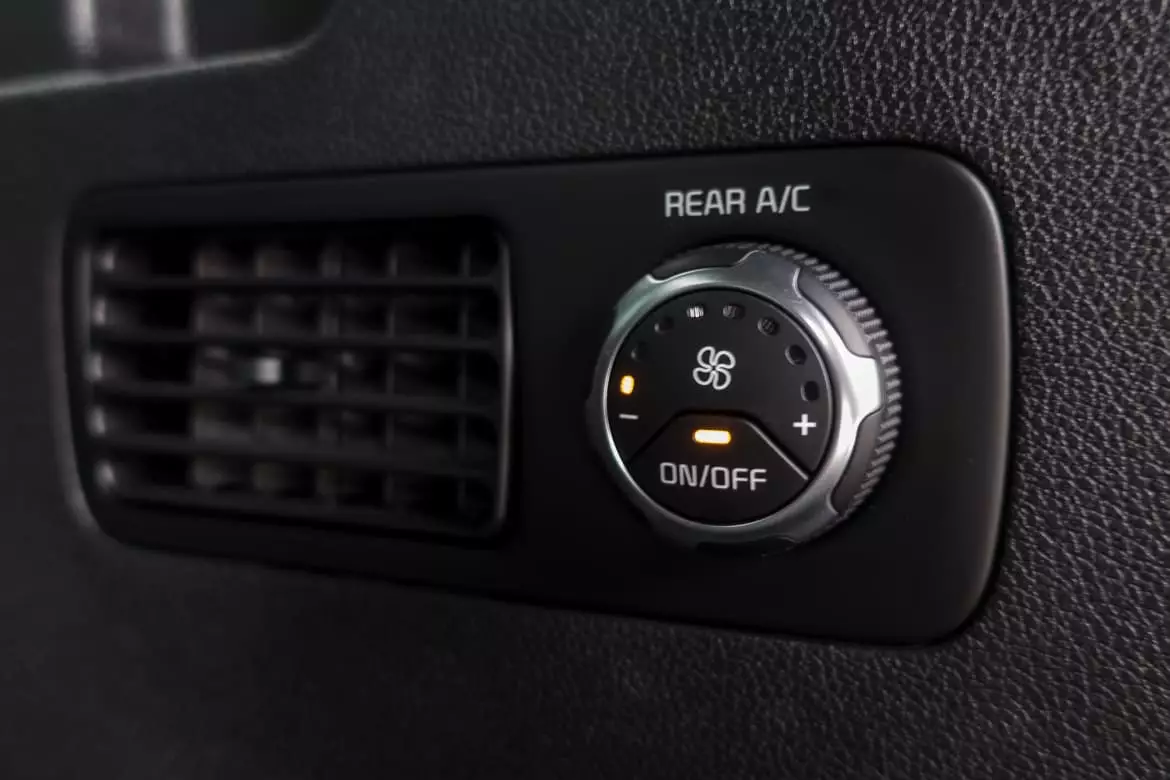
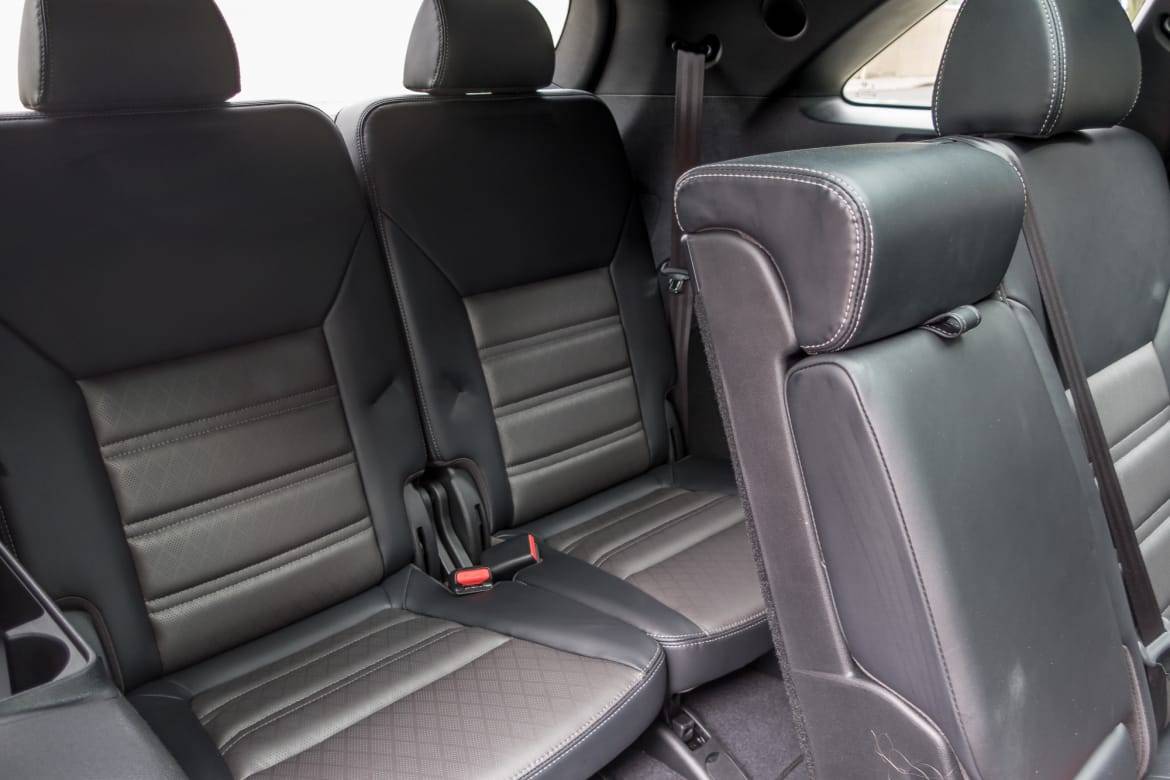
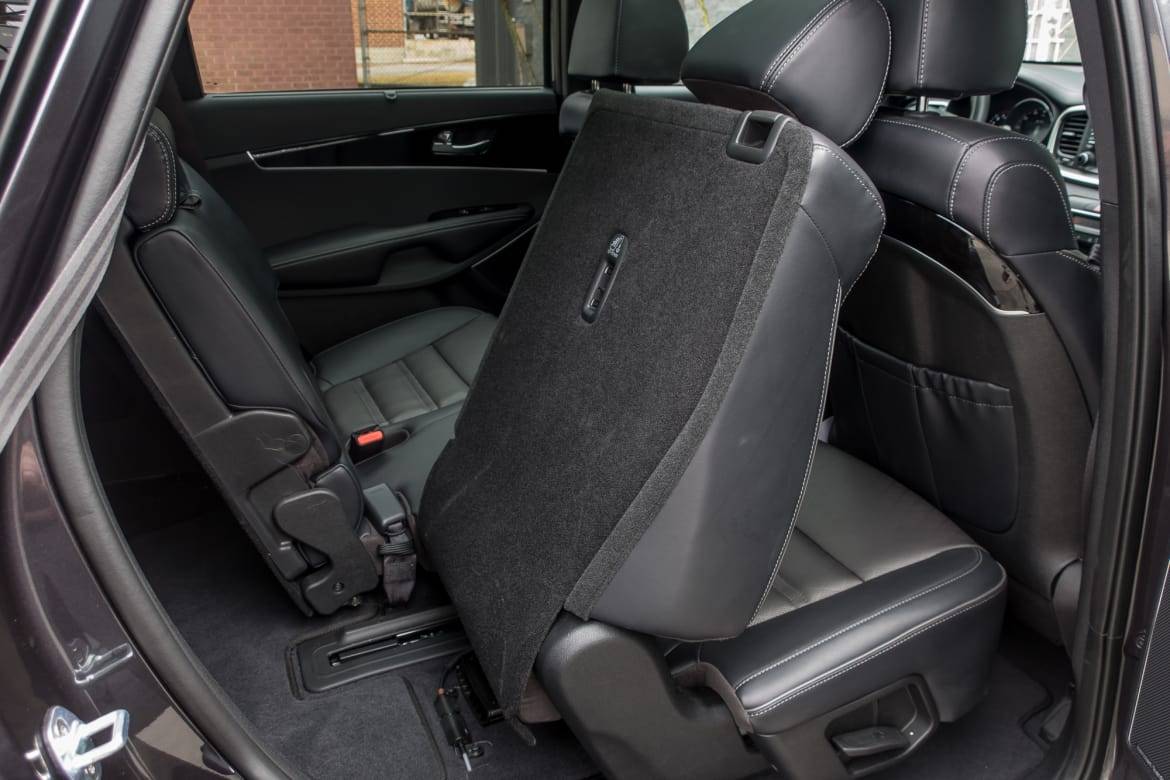

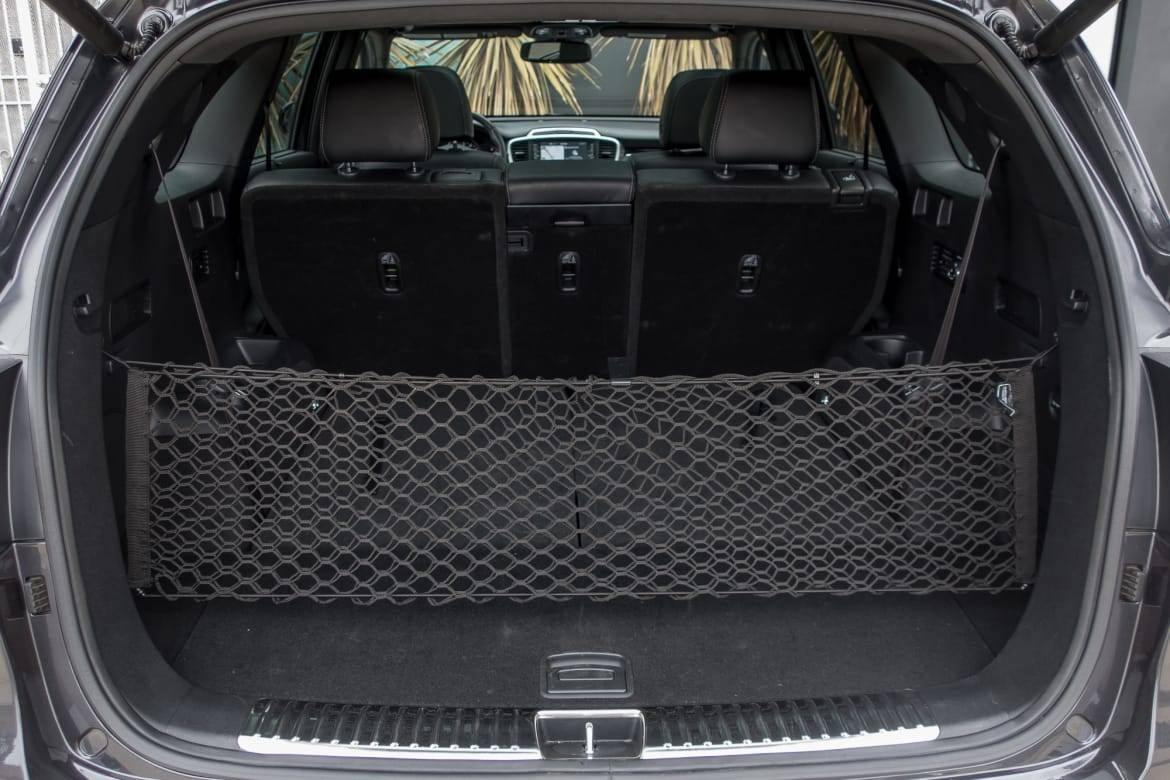

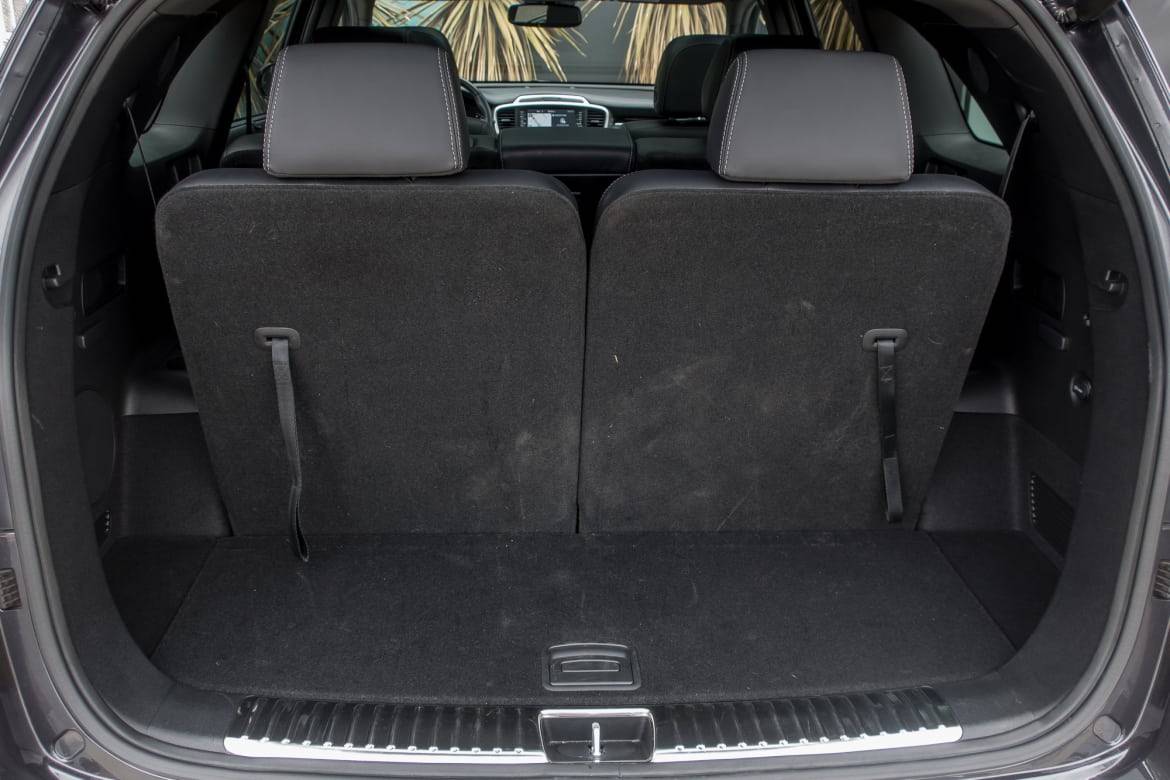
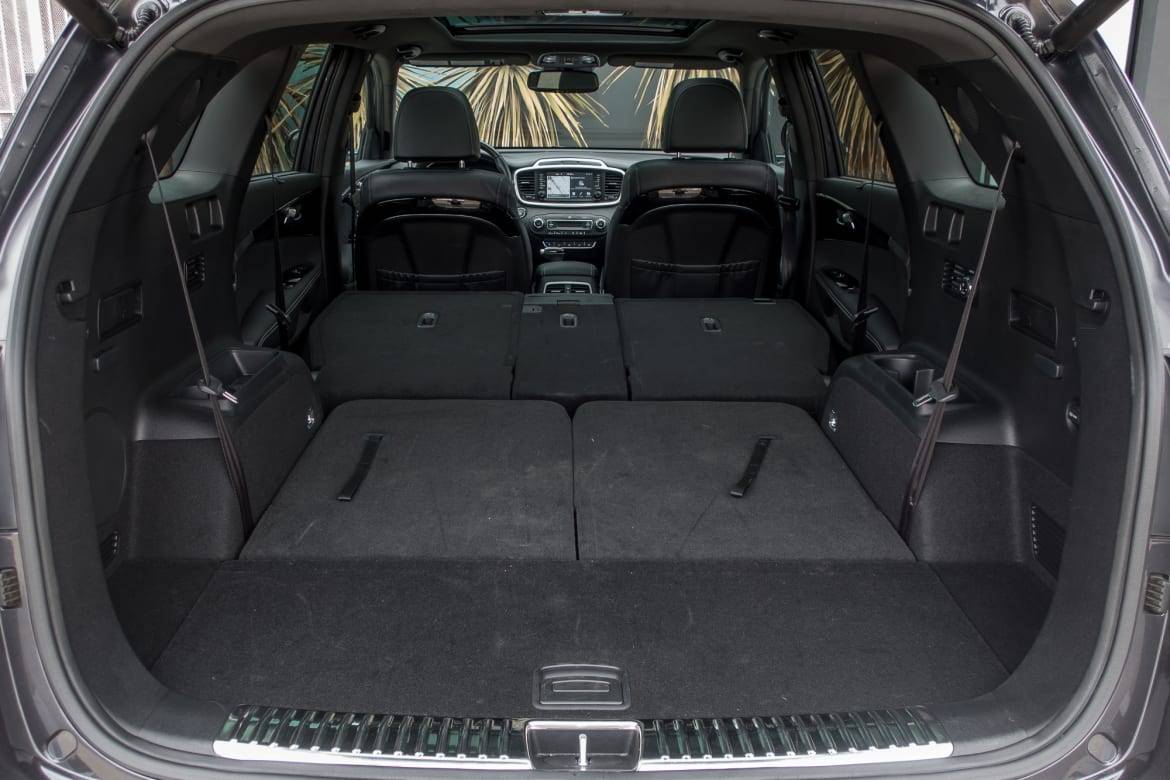





































The verdict: The Kia Sorento is a jack-of-all-trades SUV that’s well-rounded in key areas, including safety features, comfort and technology.
Versus the competition: The Sorento’s lack of a signature trait doesn’t hurt it; it’s as versatile an SUV as there is in this class, though it isn’t as roomy as some competitors.
- ${price_badge()}
- ${ami_badge()}
- ${battery_badge()}${ev_report_link()}
- ${hot_car_badge()}
- ${award_badge()}
- ${cpo_badge()}
${price_badge_description}
${ami_badge_description}
The EV Battery Rating is based on this vehicle's current expected range relative to the vehicles expected range when new. ${battery_badge_text}
Certified cars are manufacturer warrantied and typically go through a rigorous multi-point inspection.
This car is likely to sell soon based on the price, features, and condition.
${award_blurb}
${award_two_blurb}
Shop the 2019 Kia Sorento near you


The phrase “jack of all trades, master of none” is a good fit for the 2019 Kia Sorento. It doesn’t have a signature trait or even a single aspect in which it outdistances its competition, but that’s not to the Sorento’s detriment; its myriad strengths (and only one real weakness) give it a unique position in its class.
The Sorento gets a light update for 2019; the biggest change is a third row that’s now standard on all trim levels. There are also some styling updates on the outside, small tweaks to the interior and a new eight-speed automatic transmission paired with the optional V-6. Compare it with the 2018 model here.
There are still five trim levels: L, LX, EX, SX and SX Limited. Each sees a price increase for 2019, though the amount differs widely. The Sorento competes in a packed mid-size SUV class that includes the Chevrolet Traverse, Honda Pilot and our reigning class champion and Best of 2018 award winner, the Volkswagen Atlas. See them compared.
How It Drives
I drove an SX Limited with the larger of the Sorento’s two available engines. The base engine is a 185-horsepower, 2.4-liter four-cylinder that’s mated to a six-speed automatic transmission; it’s standard on L and LX trims. The optional engine is more enticing: a 290-hp, 3.3-liter V-6 that makes 252 pounds-feet of torque and is mated to an eight-speed automatic. The V-6 is optional on the LX but standard on the EX and SX (it’s not offered on the L). Interestingly, front-wheel drive is standard on all trim levels regardless of engine, and all-wheel drive is an $1,800 option on all but the L.










With the V-6, the Sorento drives well enough to get out of its own way. It isn’t especially agile, but it pours on power easily and rarely feels taxed unless you really put your foot into it. The steering is too numb, but it thankfully avoids that over-assisted feeling you get from some electric power steering setups. It meshes well with the suspension to give the Sorento a comfortable ride and an easy driving experience — about all you can ask for in this class. It’s also got a surprisingly quiet cabin that’s nearly devoid of road, tire and wind noise. I didn’t get a chance to give the all-wheel drive a true off-road test, but a couple of launches with two of the wheels on gravel didn’t trip it up.
Fuel economy ratings have gone up for 2019, as the new eight-speed transmission helps add 2 mpg combined over last year’s V-6; it’s now EPA-rated at 19/26/22 mpg city/highway/combined with FWD and 19/24/21 mpg with AWD. The four-cylinder engine’s ratings have also improved, up 1 mpg combined over 2018 at 22/29/25 mpg with FWD and 21/26/23 mpg with AWD.
Easy-to-Use Technology
The Sorento’s safety and multimedia technology don’t break any new ground, but I’m a fan of their intuitive and easy-to-use execution.
The multimedia system has standard Android Auto and Apple CarPlay, and there are no weird controllers or strange menus, just a straightforward presentation and quick-responding touchscreen that’s an easy reach from both front seats.








The safety features can be turned on and off via easily reached controls, or modified via a menu in the instrument panel. Operation was very straightforward; I tested the adaptive cruise control and lane keep assist on the highway, and both worked as advertised.
There are also plenty of helpful charging options. Everything above the base trim level comes with at least three USB ports, and the SX comes with a 110-volt household outlet in the second row (along with a 12-volt outlet for good measure). There’s a wireless smartphone charging pad up front to boot.
Nice Interior With Third-Row and Cargo Woes
The Sorento’s first two rows of seats are what you’d expect from a mid-size SUV: spacious, with plenty of legroom and headroom even for taller occupants. Materials quality pleasantly surprised me in a top-of-the-line SX Limited, where the fit and finish and cabin materials would have fit in for a vehicle with an even higher price tag. The interior uses a lot of black, though, which gives it a slightly Darth Vader-esque feel.
If the Sorento has a shortcoming, it’s a third row that could be a deal-breaker for shoppers who intend to use it frequently. Simply put, it lacks the space of larger competitors like the Atlas and Traverse. Those two vehicles in particular have expansive third rows that put this one to shame. The argument for the Kia’s smaller dimensions is that it makes it more city-friendly and easier to park; it’s 9.3 inches shorter from bumper to bumper than the Atlas and 15.3 inches shorter than the Traverse.










The Sorento’s smaller size also puts it at a disadvantage when it comes to cargo room, with just 11.3/38.0/73.0 cubic feet of space behind the third/second/front rows, respectively. That’s much less than the Traverse (23.0/57.8/98.2 cubic feet) and Atlas (20.6/55.5/96.8).
Value Star
One area where the Sorento really shines is value, and that holds true at both the bottom and top trims. The L starts at $27,335, which is only a $445 increase over the 2018 and a small price to pay for the newly standard third row (see a more detailed breakdown of each trim level’s price changes here). That undercuts all the competitors mentioned above by nearly $4,000, though the Traverse and Pilot both have standard V-6 engines.
My SX Limited test vehicle stickered at $48,370 with some dealer-installed options, and it was luxurious enough that I’d stack it up against the top trims of the same competitors. Even at that level, it undercuts the price of the Traverse by nearly $7,000, the Atlas by almost $2,000 and the Pilot by $1,500. It’s also worth noting (as with all Kias) the Sorento’s robust powertrain warranty: 10 years/100,000 miles — still tied for the best in the industry.
The 2019 Sorento’s well-roundedness works to its benefit; I found it to be a thoroughly easy-to-use and easy-to-like family vehicle.
Cars.com’s Editorial department is your source for automotive news and reviews. In line with Cars.com’s long-standing ethics policy, editors and reviewers don’t accept gifts or free trips from automakers. The Editorial department is independent of Cars.com’s advertising, sales and sponsored content departments.

Former L.A. Bureau Chief Brian Wong is a California native with a soft spot for convertibles and free parking.
Latest news

